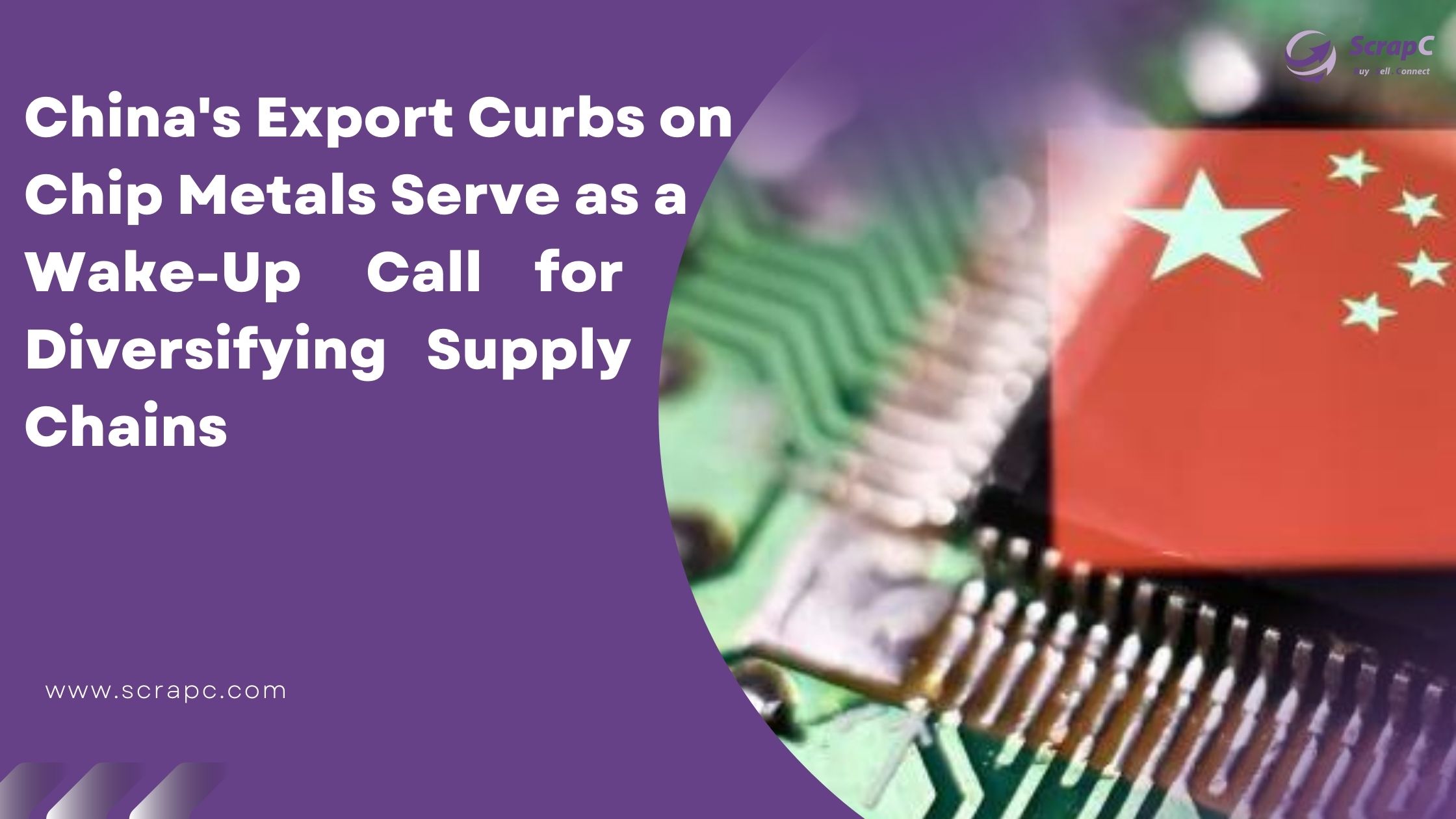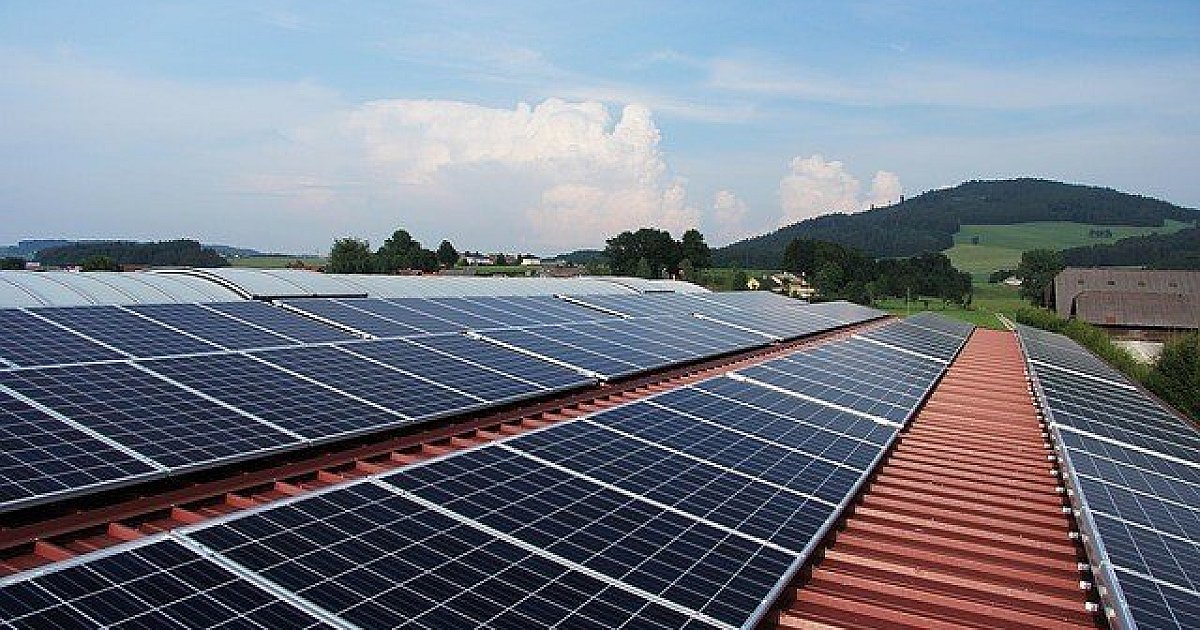The Future Of Electric Motors: Diversifying Supply Chains Beyond China

Table of Contents
Geopolitical Risks and Supply Chain Vulnerabilities
The current concentration of electric motor production in China presents considerable geopolitical risks. Over-dependence on a single source exposes the global EV industry to a multitude of vulnerabilities. This import dependence creates significant challenges for businesses and nations alike.
- Increased vulnerability to trade wars and sanctions: Escalating geopolitical tensions between nations can easily disrupt the flow of electric motor components, leading to production delays and increased costs. The risk of trade wars or targeted sanctions significantly impacts global supply chains.
- Disruptions due to political instability or natural disasters: Unforeseen events such as political instability, pandemics, or natural disasters in China can severely disrupt manufacturing and logistics, creating significant bottlenecks for the global EV industry. This highlights the fragility of relying on a single production hub.
- Potential for intellectual property theft: The concentration of manufacturing in one location increases the risk of intellectual property theft, potentially undermining innovation and competitiveness in the global electric motor sector. Protecting valuable technology becomes a major concern.
- Difficulty in negotiating favorable terms with a dominant supplier: A single dominant supplier holds significant leverage, potentially leading to unfavorable pricing and contractual terms for buyers. This lack of bargaining power undermines the competitiveness of companies relying on this single source.
The mitigation of these risks is paramount for the long-term health and stability of the EV industry.
Strategies for Diversifying Electric Motor Production
Diversifying electric motor production is no longer a strategic advantage; it's a necessity. Several strategies can help mitigate the risks associated with over-reliance on a single nation:
-
Nearshoring/Reshoring: Relocating manufacturing facilities closer to home markets (nearshoring) or back to the home country (reshoring) reduces transportation costs, lead times, and geopolitical risks. While potentially more expensive initially, the long-term benefits in terms of security and control outweigh the short-term costs. However, reshoring requires significant investment in infrastructure and skilled labor.
-
Investing in Emerging Markets: Countries with lower labor costs and growing manufacturing capabilities offer opportunities for diversification. Strategic investments in these emerging markets can create new supply chains and reduce dependence on existing hubs. Careful consideration of political and economic stability is critical for this strategy.
-
Strategic Partnerships: Collaborating with multiple suppliers across diverse geographical locations reduces reliance on any single entity. This risk-mitigation strategy offers greater resilience against disruptions and ensures a more stable supply of electric motor components. Building robust and reliable partnerships is essential.
-
Fostering Domestic Manufacturing: Governments play a crucial role in supporting domestic electric motor production through incentives, subsidies, and investments in infrastructure. Policies that encourage domestic manufacturing can create jobs and enhance national security. This requires a long-term commitment from governments.
-
Automation and Robotics: Investing in automation and robotics can improve efficiency and reduce reliance on manual labor, making manufacturing more competitive in various locations. This technological advancement increases productivity and reduces reliance on specific regions for skilled labor.
The Role of Automation and Advanced Technologies
The integration of Industry 4.0 technologies, including automation, robotics, artificial intelligence (AI), and digital twins, is critical for enhancing efficiency and resilience in diversified electric motor manufacturing. Smart factories equipped with predictive maintenance capabilities can minimize downtime and optimize production processes across multiple locations. This technological leap fosters agility and responsiveness in the face of unforeseen circumstances.
The Importance of Battery Technology in the Equation
The electric motor and battery supply chains are inextricably linked. Diversifying electric motor production must go hand-in-hand with a similar strategy for battery components.
-
The impact of battery material sourcing on electric motor manufacturing locations: The availability of critical battery materials like lithium, cobalt, and nickel heavily influences the geographic distribution of battery and electric motor manufacturing. Diversifying the sourcing of these raw materials is as critical as diversifying manufacturing locations.
-
The role of battery recycling in a sustainable supply chain: Sustainable practices, including battery recycling, are essential for minimizing environmental impact and securing the long-term supply of critical materials. Investing in recycling infrastructure supports the circular economy and reduces reliance on virgin materials.
-
The potential of advanced battery technologies to influence supply chain decisions: Innovations in battery technology, such as solid-state batteries, could significantly alter supply chain dynamics by reducing reliance on certain materials and potentially opening new manufacturing opportunities in various regions.
Conclusion
The future of electric motors, and indeed the EV industry itself, depends on successfully diversifying supply chains beyond China. The geopolitical risks and vulnerabilities associated with over-reliance on a single nation are simply too significant to ignore. Nearshoring, reshoring, strategic partnerships, and the adoption of advanced manufacturing technologies are crucial steps towards building a more resilient and globally distributed electric motor supply chain. Governments and businesses must work together to foster domestic manufacturing, invest in emerging markets, and promote sustainable practices. By proactively addressing these challenges, we can ensure a secure and sustainable future for the electric vehicle revolution. Companies must proactively plan for the future of electric motor supply chains to stay ahead of the competition and avoid future disruptions. Investing in a diversified electric motor supply chain is not just a good business decision; it’s a necessity.

Featured Posts
-
 Lizzos Cinched Waist And Curves Steal The Show In Los Angeles Concert
May 04, 2025
Lizzos Cinched Waist And Curves Steal The Show In Los Angeles Concert
May 04, 2025 -
 Barkleys Bold Playoff Picks Oilers And Leafs Among Favorites
May 04, 2025
Barkleys Bold Playoff Picks Oilers And Leafs Among Favorites
May 04, 2025 -
 Cangkang Telur Bekas Cara Kreatif Mengolahnya Menjadi Nutrisi
May 04, 2025
Cangkang Telur Bekas Cara Kreatif Mengolahnya Menjadi Nutrisi
May 04, 2025 -
 Unrecognizable Lizzos Post Weight Loss Transformation At The Oscars
May 04, 2025
Unrecognizable Lizzos Post Weight Loss Transformation At The Oscars
May 04, 2025 -
 Lower Electricity Tariffs Dutch Utilities Test Solar Peak Pricing
May 04, 2025
Lower Electricity Tariffs Dutch Utilities Test Solar Peak Pricing
May 04, 2025
Latest Posts
-
 Body Language Reveals The Truth Decoding Blake Lively And Anna Kendricks Tense Encounters
May 04, 2025
Body Language Reveals The Truth Decoding Blake Lively And Anna Kendricks Tense Encounters
May 04, 2025 -
 Social Media Dance Lizzos Weight Loss Victory
May 04, 2025
Social Media Dance Lizzos Weight Loss Victory
May 04, 2025 -
 Lizzos Inspiring Weight Loss Transformation Social Media Dance Celebrates Success
May 04, 2025
Lizzos Inspiring Weight Loss Transformation Social Media Dance Celebrates Success
May 04, 2025 -
 Another Simple Favor Blake Lively And Anna Kendricks Red Carpet Duo
May 04, 2025
Another Simple Favor Blake Lively And Anna Kendricks Red Carpet Duo
May 04, 2025 -
 Blake Lively And Anna Kendrick A Body Language Expert Decodes Their Awkward Interactions
May 04, 2025
Blake Lively And Anna Kendrick A Body Language Expert Decodes Their Awkward Interactions
May 04, 2025
